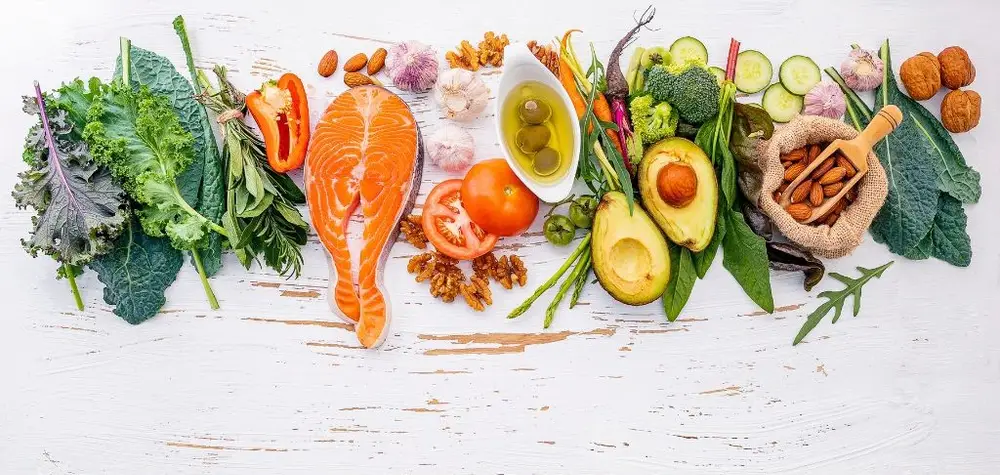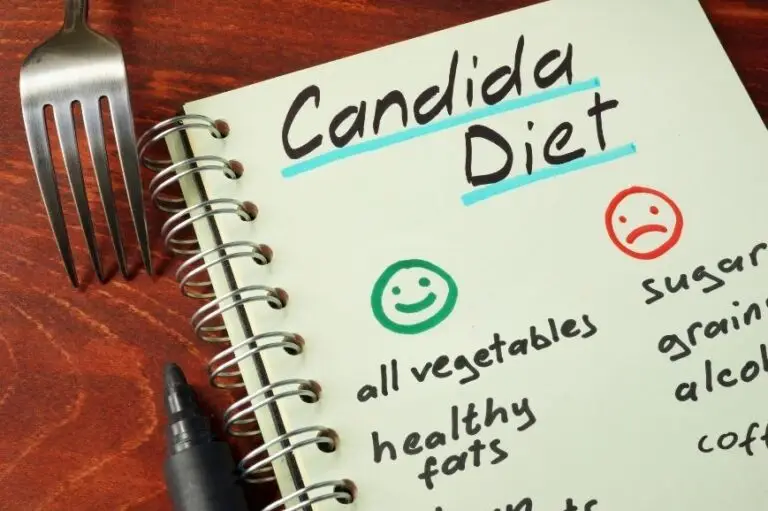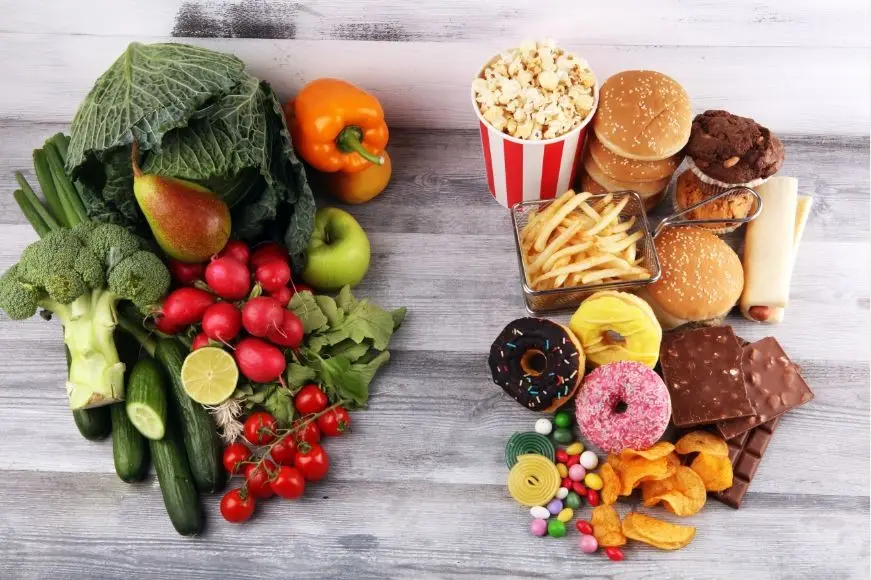
The Candida diet is a powerful way to restore gut balance and fight Candida overgrowth. By reducing foods that fuel Candida and adding probiotics and natural treatments, you can regain control of your health.
Candida albicans, that ever-present but occasionally overenthusiastic yeast, is a bit like an uninvited party guest—fine in small doses, but if it takes over, chaos ensues. The good news? You can show Candida the door with the right diet, probiotics, and naturopathic strategies
Not sure if Candida is the troublemaker behind your symptoms? Learn more about Candida overgrowth symptoms and how to get tested in my full guide here.
If Candida had a favourite food group, it would be sugar. So the first step to tackling Candida overgrowth is to cut off its supply.

The goal? Leave Candida without a buffet to feast on.
Not to worry—you won’t be left gnawing on cardboard. Here’s what’s on the Candida food list:
For delicious recipes for the Candida diet, try:

Probiotics are the good bacteria that help keep Candida in check. The most effective probiotics for Candida include:
Nature has a few tricks up its sleeve when it comes to tackling Candida. Powerful antifungal options include:
A Candida yeast diet is the foundation, but to truly kick Candida to the curb, you need to address gut health from multiple angles:
Following a Candida diet plan can be life-changing, but a one-size-fits-all approach won’t work for everyone. If you’re looking for a personalised roadmap, book a naturopathy appointment for expert guidance tailored to your health needs.
Candida might be a tenacious little yeast, but with the right approach, you can reclaim your health—and enjoy delicious food while doing it!